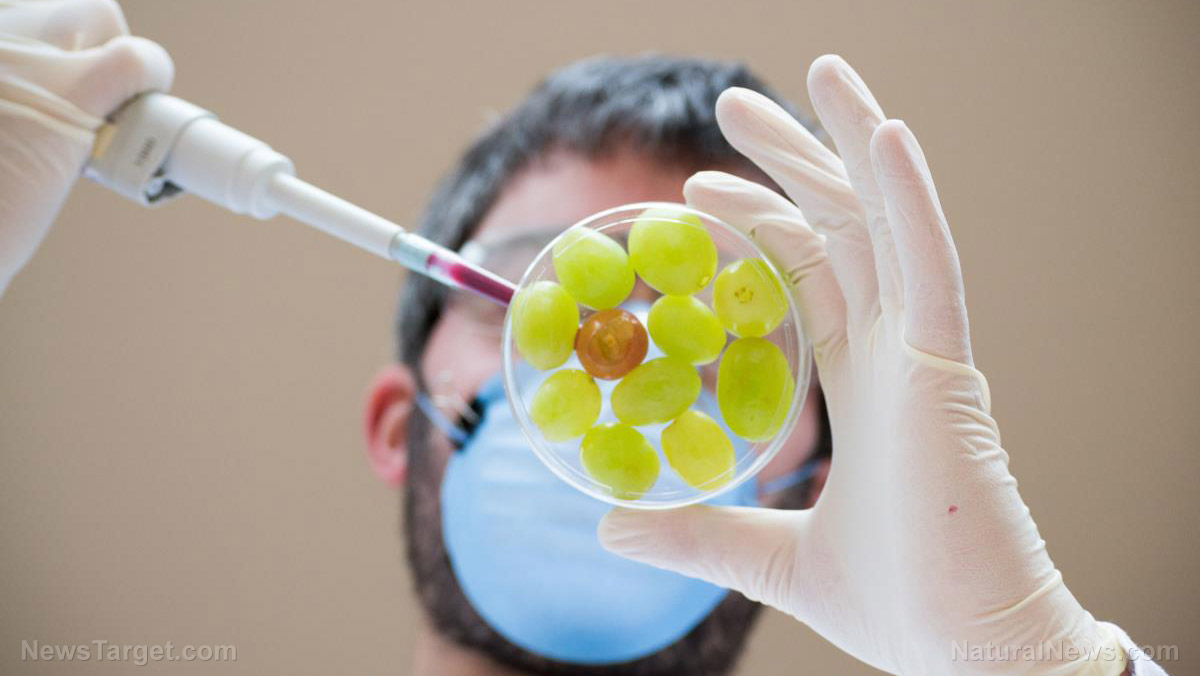Scary magnetic control system moves DNA-based robots in less than a second
08/10/2018 / By RJ Jhonson

Nanorobots are advancing at a much, much faster pace than expected. In an article published in the journal Nature Communications, scientists unveiled a new control system that improved the response time of nanorobot components from a few minutes to just under a second.
Nanorobots have been of special interest among many scientists for years now, mostly because of their perceived benefits to various fields, including genetics and medicine. Carlos Castro, associate professor of mechanical and aerospace engineering at Ohio State University (Ohio State) and one of the authors of the new study, previously worked with a team to perform so-called DNA origami in creating advanced microscopic machines.
DNA origami is a process wherein individual strands of DNA are folded to construct various structures, such as hinges and rotors. One of the applications they designed was the creation of a “Trojan horse,” a DNA robot that delivered drugs directly inside cancer cells, much like the legendary structure that brought Greek soldiers inside the walls of Troy.
But while turning DNA into a robot may seem like the stuff of advanced science fiction, the mechanism controls used then required a lot of work. There was no way to move DNA machines directly – researchers either induced chemical reactions that propelled the machines to particular directions or introduce new molecules that bound to the machine and modified it. Although these approaches worked, they took plenty of time.
“Imagine telling a robot in a factory to do something and having to wait five minutes for it to perform a single step of a task. That was the case with earlier methods for controlling DNA nano-machines,” explained Castro.
To improve the technology, he partnered with Ohio State physics professor Ratnasingham Sooryakumar, one notable achievement of whom was the development of special microscopic magnetic “tweezers.” These were, in fact, magnetic particles that nudged cells to the controller’s intended direction. The technology was used in gene therapy.
Sooryakumar’s technology, however, was much bigger than the robots Castro and his team were working on.
“The challenges were to shrink the functionality of our particles a thousand-fold, couple them to precise locations on the moving parts of the machines and incorporate fluorescent molecules as beacons to monitor the machines as they moved,” Sooryakumar said.
The study combined the previous research of both Castro and Sooryakumar. Using DNA origami, they built rotors, rods, and hinges. They also built miniature beads made from polystyrene and magnetic material. These components were connected to each other using stiff DNA levers.
The magnetic beads allowed the scientists to control the nano-components merely by modifying the surrounding magnetic field. The nano-rotor completed an entire spin in just a second. The hinge opened and closed within 0.4 seconds and held its position at a precise eight-degree angle.
The instantaneous response is a first in the field and is considered a breakthrough.
“Real-time manipulation methods like our magnetic approach enable the possibility for scientists to interact with DNA nano-devices, and in turn interact with molecules and molecular systems that could be coupled to those nano-devices in real-time with direct visual feedback.”
What this means is that scientists will be able to accurately determine and control the position, direction, and movements of DNA molecular robots and have them perform their intended tasks without delay. This would include the eradication of pathogens. (Related: Medical robot kills Ebola with UV light.)
“It took a lot of dedicated work from several students to realize that idea, and we are excited to continue building on that. This study demonstrates an exciting advance that was only possible with this inter-disciplinary collaboration.” Castro said.
Be updated on the latest news about robotics at Robots.news.
Sources include:
Tagged Under: biotechnology, DNA, DNA robots, future science, future tech, magnets, medical tech, nanorobotics, nanorobots, research, robotics


















